Lifted Trucks: Everything You Need to Know
The pros and cons of lifting your truck or SUV for off-road performance benefits.
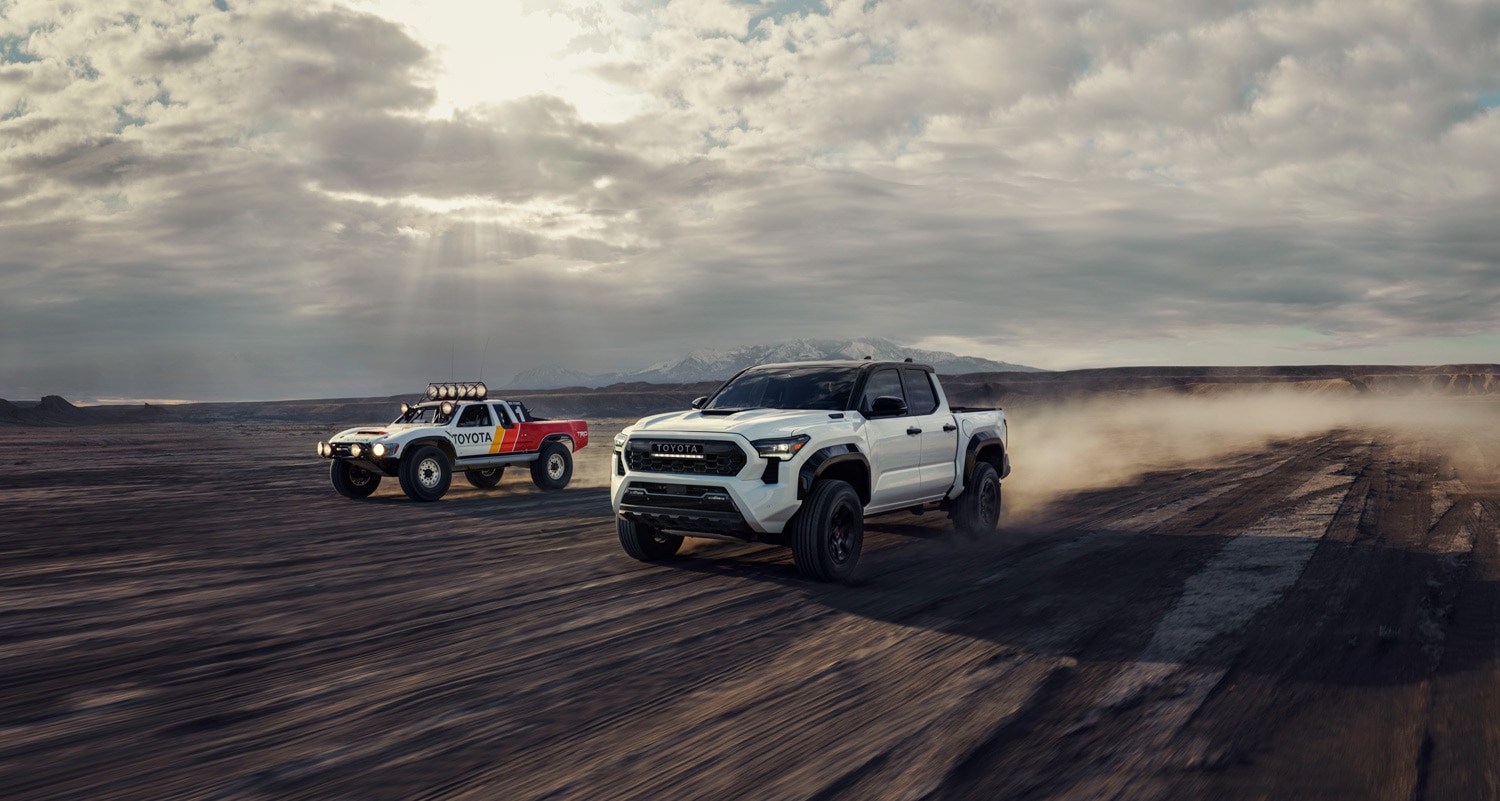 Toyota
Toyota
You've decided that you want to take your truck or SUV off-road to tackle some sandy dunes or rocky trails. Exploring the great outdoors with vehicles can be fun when done responsibly. While many modern vehicles are more capable off the pavement than you might think, one modification can boost your off-roader's capabilities. We're talking about a lift kit.
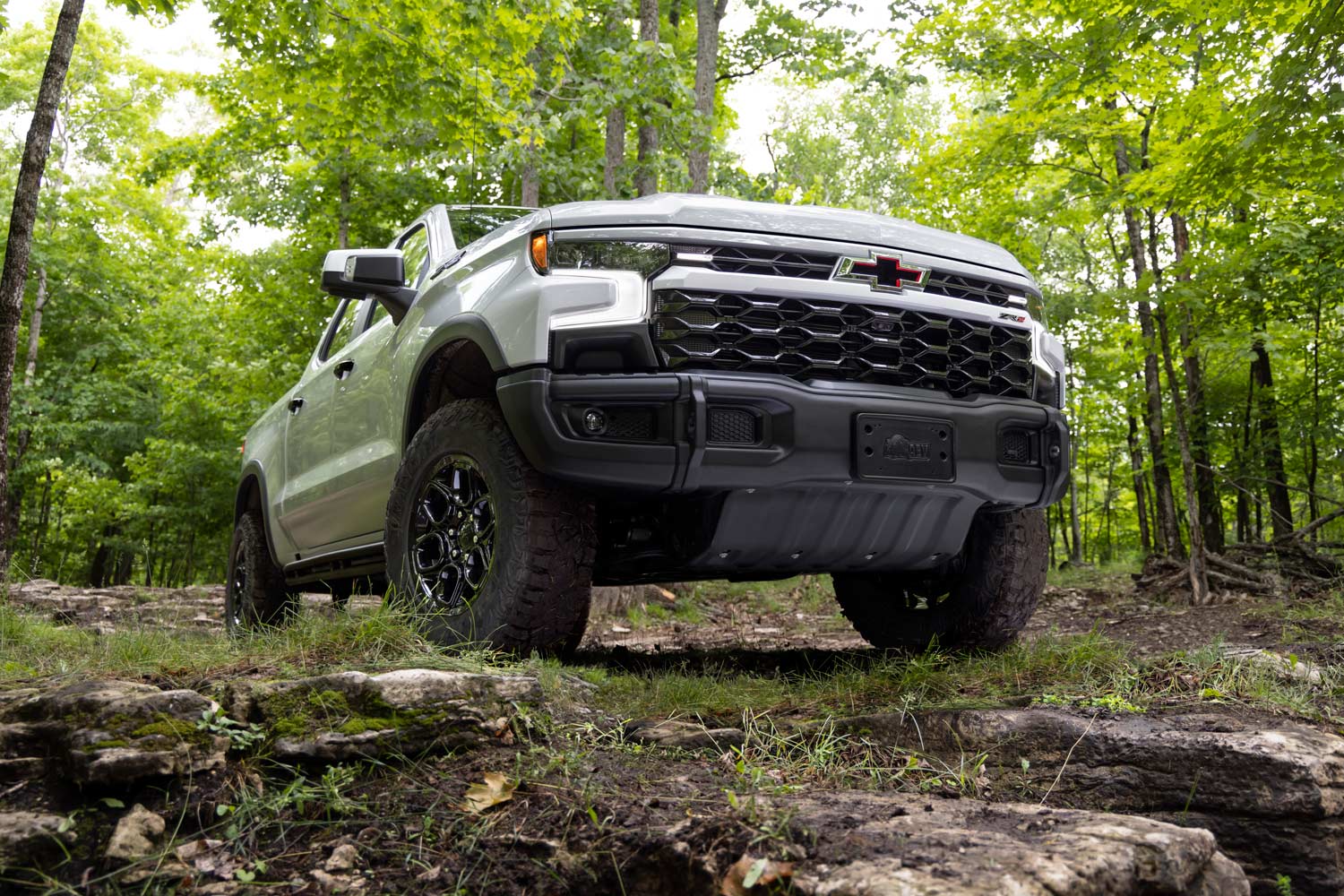 Chevrolet
Chevrolet
What is a lift kit?
There are two kinds of lift kits: a body lift and a suspension lift.
Many trucks (and some SUVs) use a body-on-frame design. Body lift kits work only on body-on-frame vehicles and raise the body away from the vehicle's frame. In contrast, a suspension lift raises the body and the vehicle's frame and can be installed on any vehicle a kit is made for.
An advantage shared by both types of lift kit is the ability to add more aggressive and taller off-road tires. With larger tires, your vehicle can tackle more challenging obstacles and maintain more grip over loose surfaces.
The Best Type of Lift for Your Truck or SUV
By adding a body lift kit, drivers can keep the vehicle's original suspension and steering components. However, a body lift will not provide any additional ground clearance. Body lifts do not lift the bumpers or recovery points. You could need some extra fabrication work to relocate these key components. Also, body lifts are usually limited to 1 or 2 inches, although occasionally, you can find a 3-inch kit.
On the other hand, suspension lifts provide more ground clearance and are more oriented towards off-road performance than body lifts. A suspension lift often includes heavy-duty off-road shocks for better performance in the dirt. You can also find suspension lifts with beefier springs and modified control arms for more wheel travel.
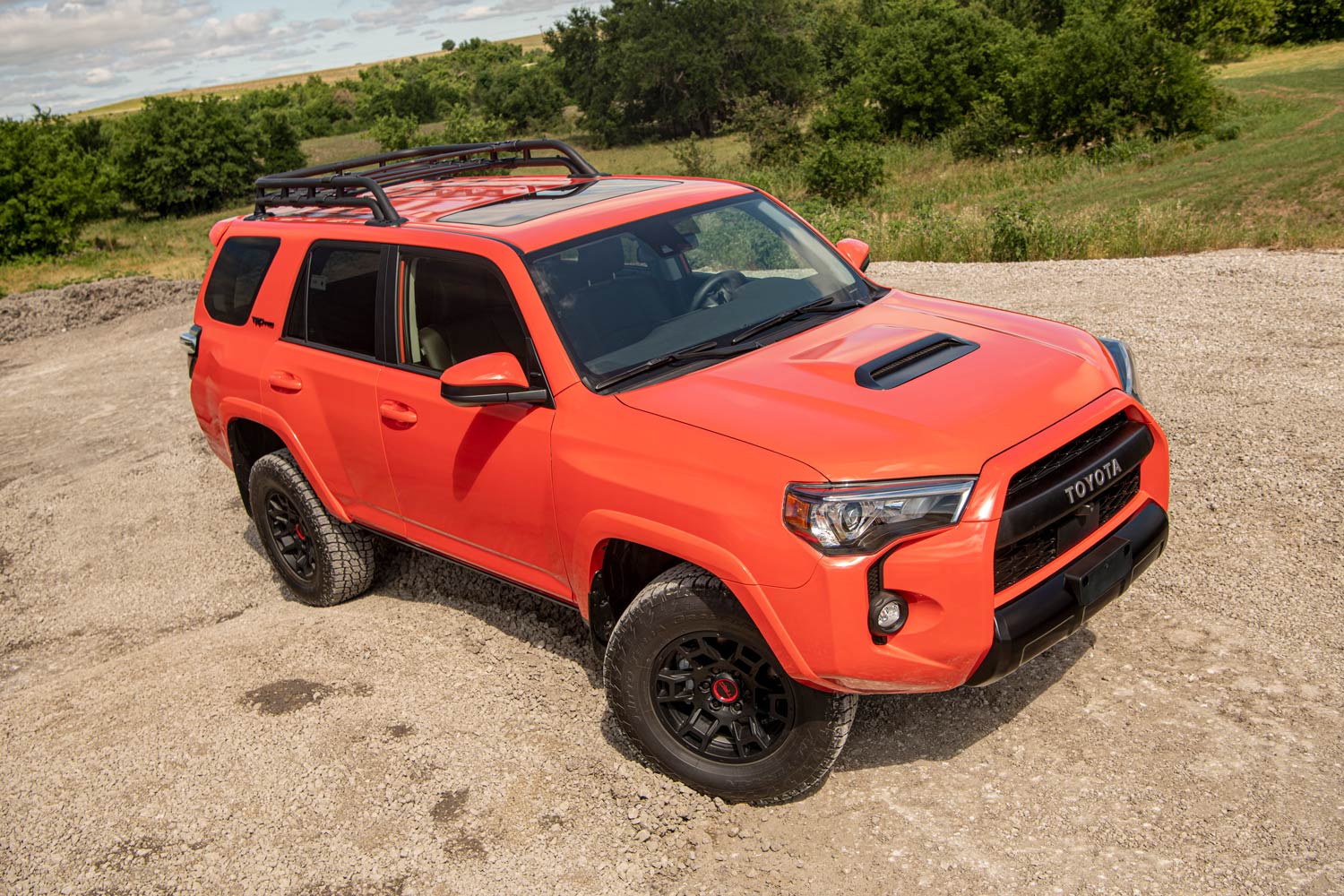 Toyota
Toyota
You Might Need More Than a Lift Kit to Finish the Job
Depending on the vehicle and the kit, you might need to make additional modifications to your lifted truck or SUV.
A suspension lift could throw your CV joints — the mechanical connection that transfers power to each wheel — out of whack by increasing the angle from hub to differential beyond what it's designed for. You'll also likely experience alignment issues in the front, so purchasing an upgraded set of upper control arms is a good idea. You might also need a new driveshaft, longer brake lines, or an exhaust modification.
Since you'll be putting on larger tires, you'll often need new wheels with the correct backspace — the measurement from the wheel's mounting surface to its back lip — to clear the new suspension components.
Regardless of which type of lift kit you choose, once you put larger tires on your rig, you'll also want to re-gear your differential. Manufacturers include gears that balance performance and fuel economy based on the stock tire size. By swapping out for larger tires, you've just upset that balance. Re-gearing can bring it all back in line again. You'll likely still suffer worse fuel economy, but re-gearing should help. You might also need to recalibrate your vehicle's speedometer.
How to Lift Your Truck or SUV and Keep Its Factory Warranty
Some automakers, such as Jeep, Chevrolet, and Toyota, offer factory-backed, dealer-installed lift kits for many of their vehicles. Buyers can typically keep their factory warranty if a technician certified by the manufacturer — in other words, a dealership — installs it.
Most factory lifts, however, raise the vehicle only 1 or 2 inches. To go higher, you'll have to look to the aftermarket. Any aftermarket kit you put on your vehicle may void part or all of your warranty. Only you can judge whether the improved performance might make it worth the risk.
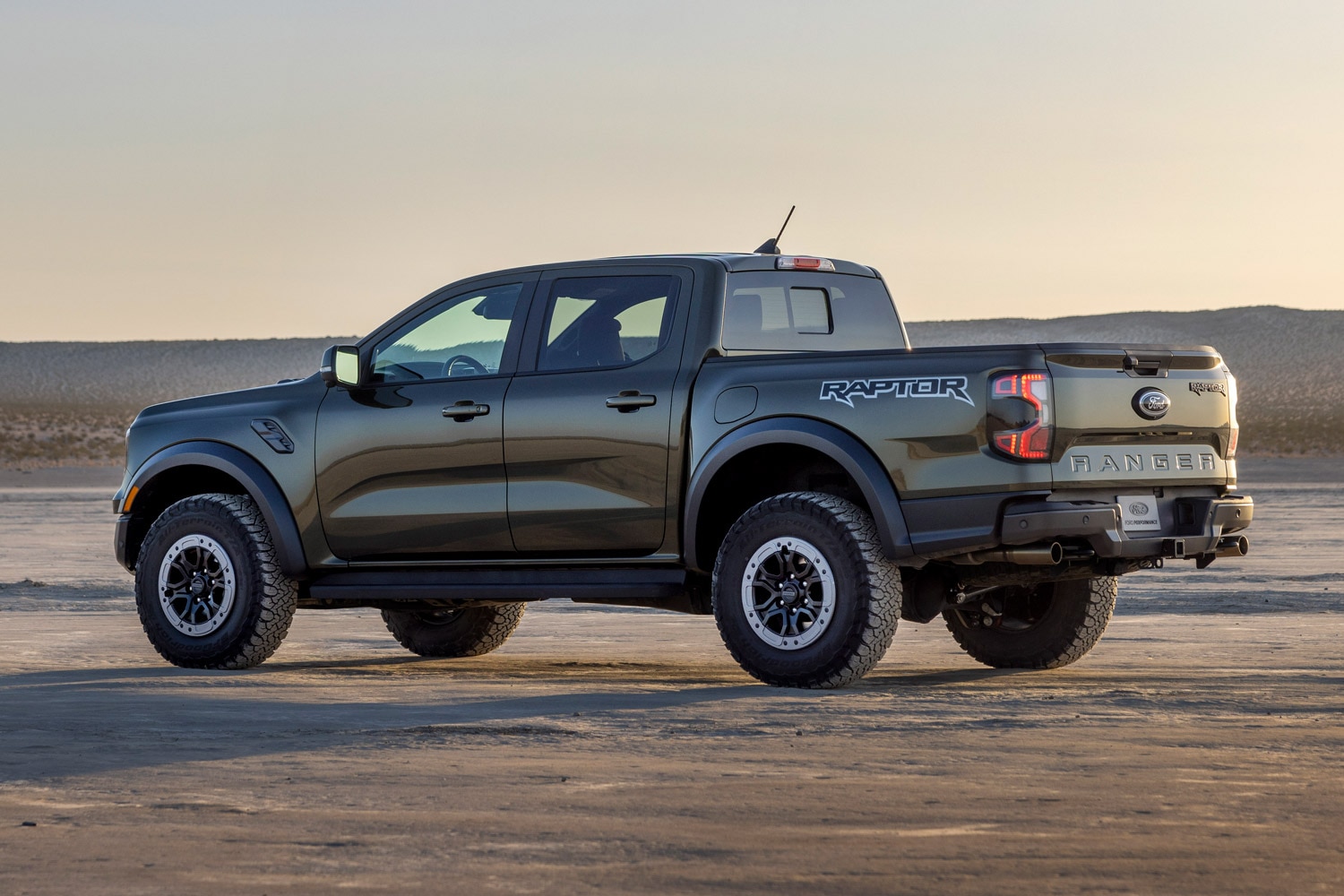 Ford
Ford
Making Certain Your Truck Can Be Lifted
If you're going to lift your truck or SUV, you need first to know if it's a unibody or a body-on-frame design.
Unibody pickups such as the Honda Ridgeline and Ford Maverick won't accept a body lift kit. They can, however, be fitted with a suspension lift for owners who want more height. Traditional pickup trucks are usually kitted out with a lift. Here are three examples:
- Ford Ranger: Out of the box, this midsize truck has a peppy turbocharged engine, available rear locking differential, and excellent utility. But the Ranger sits only 8.9 inches off the ground. The number goes up to 9.7 inches with the optional Tremor Off-Road Package. If you want to raise your Ranger even more, prices for current Ranger aftermarket suspension lift kits can range from around $3,000 to $5,000, while kits for first- or second-generation 1983 to 1997 models vary between $1,800 to $2,600.
- Chevrolet Silverado 1500: Buyers of this full-size truck can opt for a diesel powerplant or choose from three gas engines. The Chevy's ground clearance can range from a mere 8 inches to 11.2 inches for the ZR2 model. A suspension lift from Chevrolet Performance costs around $1,000 for two-wheel-drive models or $1,500 for four-wheel-drive Silverados. If you want your Chevy truck to be even taller, look for an aftermarket 6-inch lift kit for larger 35-inch tires for around $1,300.
- Toyota Tacoma: The midsize Tacoma is lauded for its capability and reliability and is one of the few trucks you can still buy with a manual transmission. All models come with 9.4 inches of ground clearance. For about $1,800, a Toyota Racing Development (TRD) suspension lift kit will add a couple of inches of height and keep your warranty in check. Aftermarket body lift kits will raise your Tacoma up to 3 inches and are priced from around $400 to $800 for the latest models, and suspension lift kits range between $3,500 and $6,000.
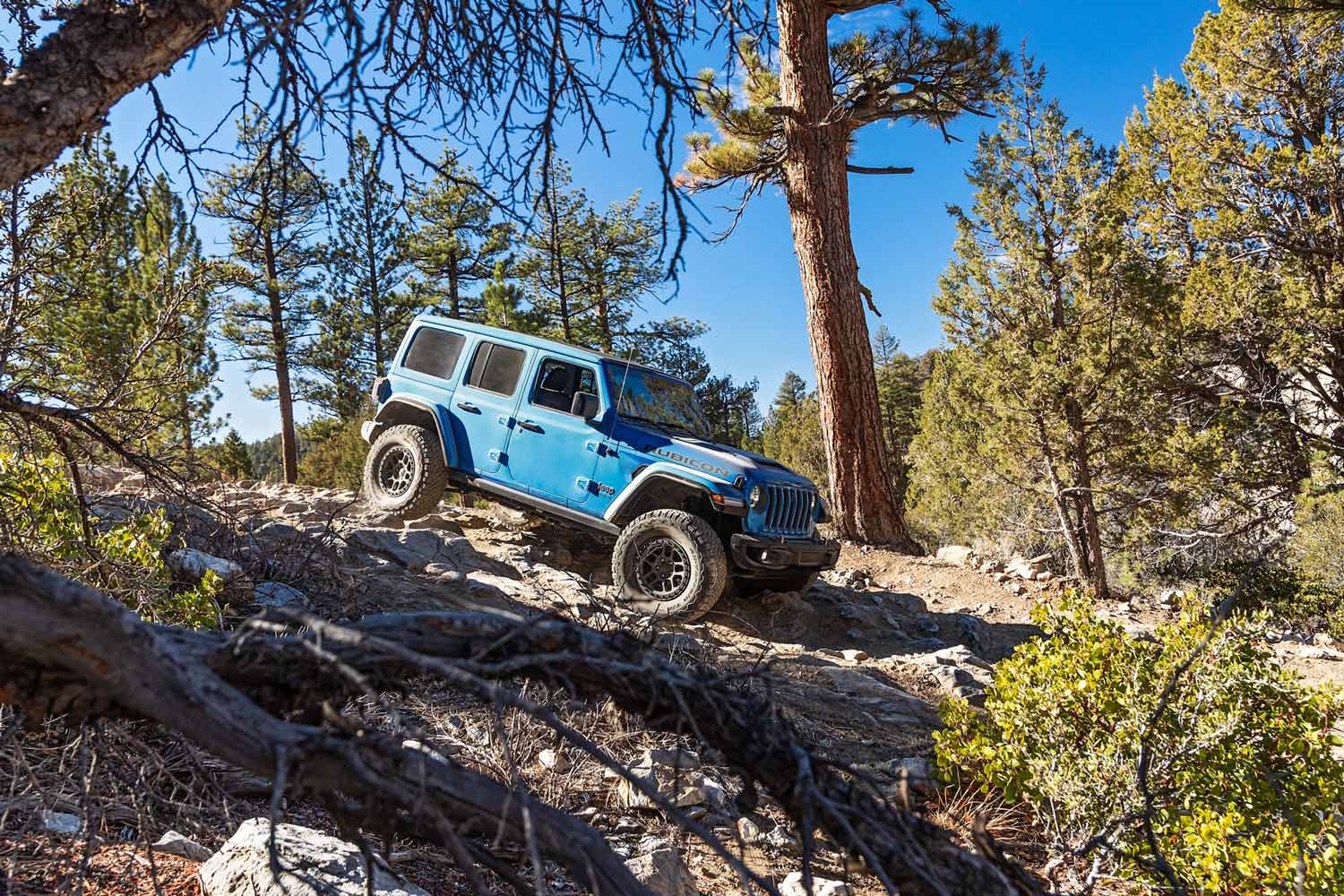 Jeep
Jeep
Making Certain Your Crossover or SUV Can Be Lifted
Many of today's SUVs are also referred to as crossovers due to the unibody design they share with cars. You can modify a unibody SUV with a suspension lift. Popular lifted examples include the Ford Bronco Sport compact SUV or the Subaru Outback midsize wagon/crossover. You can use either lift type with an older-style body-on-frame SUV. Owners often lift the following two SUVs:
- Jeep Wrangler: The original off-road SUV, the four-wheel-drive Wrangler, comes off the factory floor with ground clearance anywhere from 9.7 to 12.9 inches, depending on the trim level. The Wrangler is the only SUV on the market with solid axles, and it's available with a manual transmission. You could install an inexpensive 1.25-inch body lift kit for less than $100. A Mopar 2-inch suspension lift kit ensures you don't void your Jeep's factory warranty for around $2,000. If you want to raise your Wrangler higher, aftermarket kits allow for up to 5 inches of lift but can cost more than $7,500.
- Toyota 4Runner: As with the Tacoma truck, this workhorse of an SUV is lauded for its reliability and off-road chops. An independent front suspension means it's a bit more comfortable on the pavement and can handle high-speed maneuvers better than the Jeep. All four-wheel-drive trims have the same ground clearance of just 9.6 inches, even the top TRD Pro. Two-wheel-drive models sit lower, at 9 inches of clearance. Inexpensive aftermarket body lifts from 2 to 3 inches are priced from around $150 to $400. You'll likely pay between $3,000 and $5,000 for a suspension lift kit.
Written by humans.
Edited by humans.
 Emme Hall
Emme HallEmme Hall loves small convertibles and gets out to the canyons in her 2004 Mazdaspeed Miata whenever she can. You can also find her in the dirt in her lifted (yes, that's right) 2001 Mazda Miata, or racing air-cooled Volkswagens in races like the Baja 1000. She's taken first place twice in the Rebelle Rally — once driving a Jeep Wrangler and then a Rolls-Royce Cullinan the second time. She was also the first driver to take an electric vehicle to the Rebelle Rally when campaigning the Rivian R1T to a top-five finish.
Related articles
View more related articles